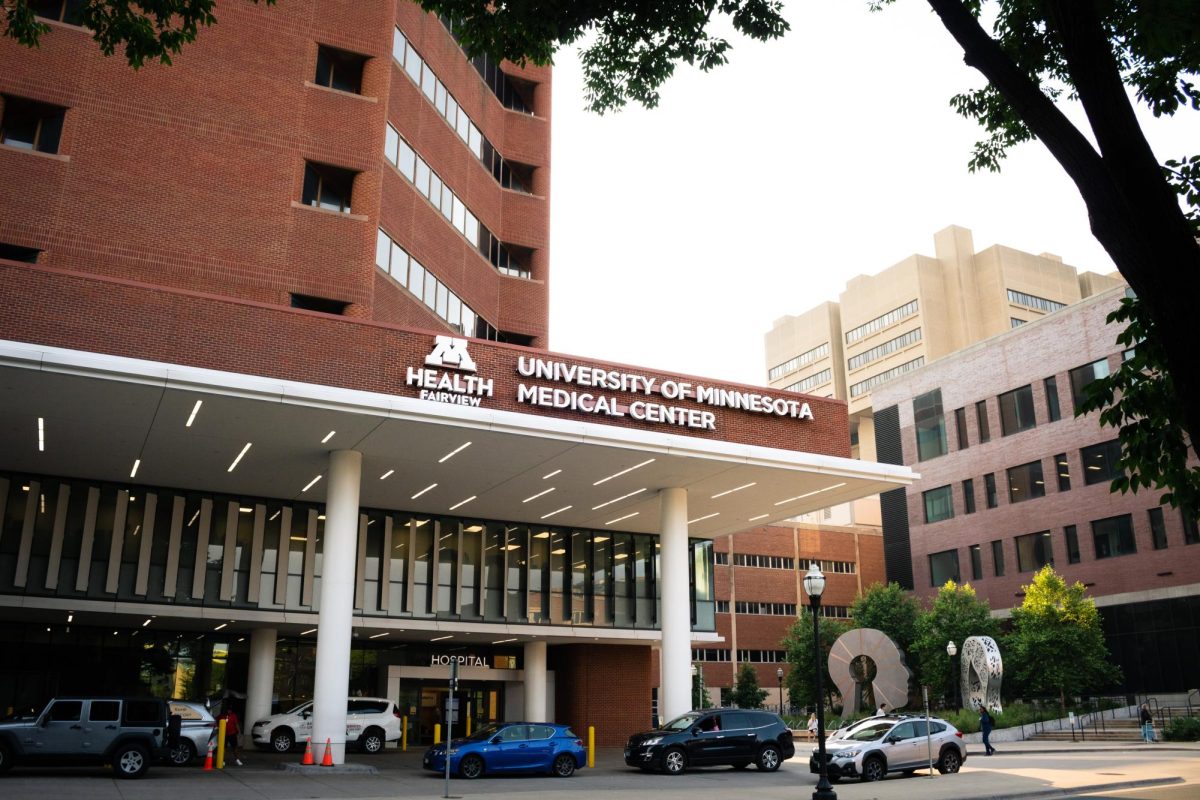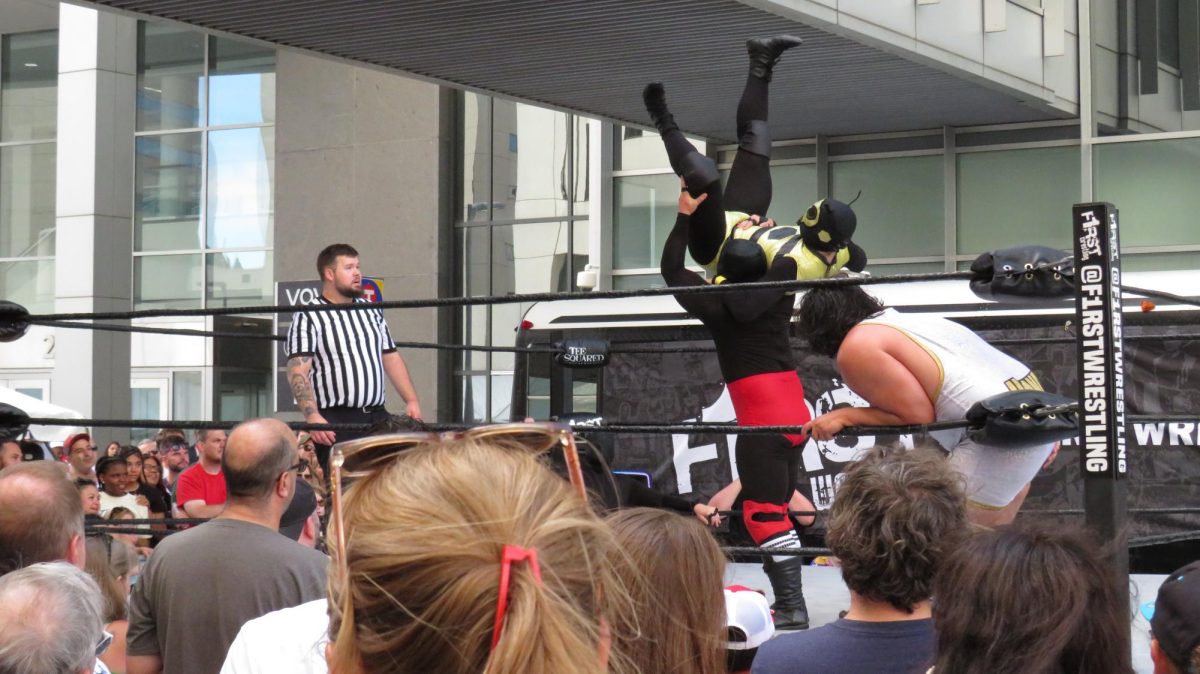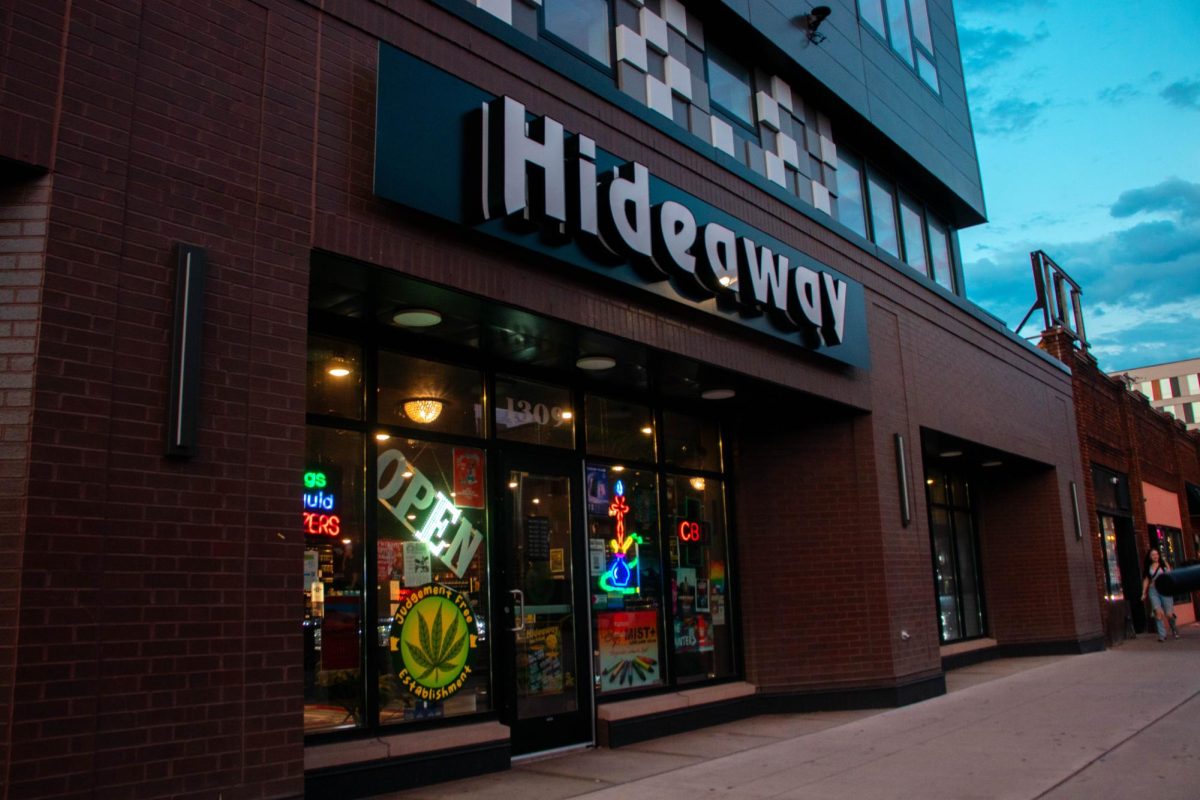University and Washington avenues will look much different with the Central Corridor light-rail cars running through it.
The adjacent neighborhoods will undergo significant change as well, as new businesses and housing complexes will pop up on the light-rail line in the coming years.
Though the first tracks havenâÄôt yet been laid, neighborhood leaders and city officials are working to entice investors and developers to bring their projects to the area. The light rail will open in 2014.
With some of the largest swaths of underdeveloped land along the line, Prospect Park may go through some of the biggest changes before the Central Corridor is completed. Residents involved with the neighborhood association say they hope high-density housing and commercial businesses are in the neighborhoodâÄôs future.
This spring, the neighborhoodâÄôs association launched âÄúProspect Park 2020,âÄù a project intended to guide urban planning around the light-rail line. Soon after, the Central Corridor Funders Collaborative awarded them $60,000 to hire consultants to plan out what kind and where development should take place in the area.
A full report that will set guidelines for how to prepare for new projects is due later this year.
Dick Gilyard, a member of the Prospect Park East River Road Improvement Association, called the light rail âÄúan opportunityâÄù to bring a mix of high-density and other housing as well as âÄúmissing piecesâÄù like a grocery store to the area.
âÄúDevelopment is going to happen,âÄù Gilyard said. âÄúThe question is: What do we want the development to be?âÄù
A mix of different kinds of housing options is healthy for a neighborhood because it attracts a diverse group of residents, Ward 2 City Councilman Cam Gordon said.
ThatâÄôs something that hasnâÄôt happened in Prospect Park, Gilyard said, adding that student housing is the only kind of development to occur in the area in the past decade.
âÄúWeâÄôre not opposed to that. But if weâÄôre going to attract some of the other things that are missing, then weâÄôre going to need a broader mix of residential [housing] as well,âÄù he said.
The city of Minneapolis is trying to get a head start on development along the Central Corridor, said David Frank, director of transit-oriented development.
The city of Minneapolis recognizes the opportunity to shape development along transit lines as well. ThatâÄôs why it hired Frank as the cityâÄôs first director of transit-oriented development in March.
Frank recruits investors to the Corridor and will help determine what projects will best suit neighborhoods along the light-rail line.
According to a study by Humphrey School of Public Affairs professor Ed Goetz, the Hiawatha light-rail line was a major boost to development along the line. It produced 183 percent more construction projects than would have happened randomly, Goetz said.
âÄúThe experience of the Hiawatha line highlights the importance of planning for and implementing station area infrastructure investments along the Central Corridor,âÄù a 2010 report from the Center for Transit-Oriented Development stated.
Frank said much of the development on the Hiawatha line didnâÄôt occur as âÄúquickly or as intenseâÄù as some may have wished. This time, the city isnâÄôt waiting until the trains start to roll to get development going.
âÄúThe idea is to create more development, to stir the pot,âÄù Frank said.







